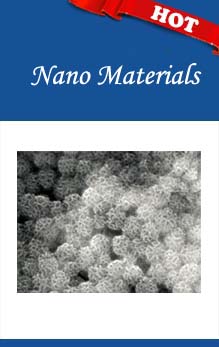Research on 3D printing method
2018-08-17
Research on 3D printing method
The Carnegie Mellon researchers developed their own 3-D printing method to create the porous microlattice architectures while leveraging the existing capabilities of an Aerosol Jet 3-D printing system.
The Aerosol Jet system also allows the researchers to print planar sensors and other electronics on a micro-scale, which was deployed at Carnegie Mellon University's College of Engineering earlier this year.
Until now, 3-D printed battery efforts were limited to extrusion-based printing, where a wire of material is extruded from a nozzle, creating continuous structures. Interdigitated structures were possible using this method.
With the method developed in Panat's lab, the researchers are able to 3-D print the battery electrodes by rapidly assembling individual droplets one-by-one into three-dimensional structures. The resulting structures have complex geometries impossible to fabricate using typical extrusion methods.
"Because these droplets are separated from each other, we can create these new complex geometries," says Panat. "If this was a single stream of material, as is in the case of extrusion printing, we wouldn't be able to make them. This is a new thing. I don't believe anybody until now has used 3-D printing to create these kinds of complex structures."


